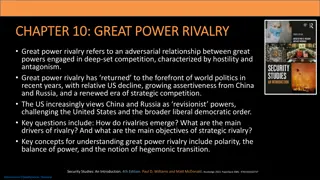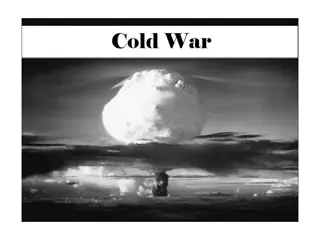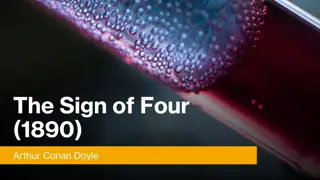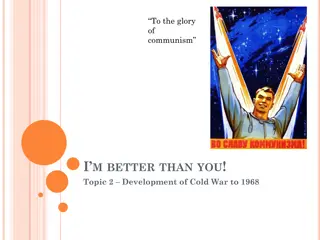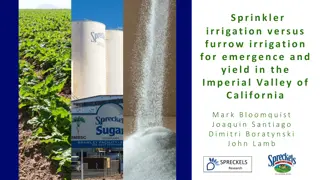
Diamonds in Global Trade History
Explore the historical significance of diamonds in global trade, tracing their origins from Asia to Europe and their impact on commerce and valuation methods. Discover how diamond merchants in the eighteenth century assessed their diamonds post the discovery in Brazil and why they made their evaluation methods public.
Download Presentation

Please find below an Image/Link to download the presentation.
The content on the website is provided AS IS for your information and personal use only. It may not be sold, licensed, or shared on other websites without obtaining consent from the author. If you encounter any issues during the download, it is possible that the publisher has removed the file from their server.
You are allowed to download the files provided on this website for personal or commercial use, subject to the condition that they are used lawfully. All files are the property of their respective owners.
The content on the website is provided AS IS for your information and personal use only. It may not be sold, licensed, or shared on other websites without obtaining consent from the author.
E N D
Presentation Transcript
Asia the traditional European source of diamonds and diamond expertise Venice-Antwerp the traditional diamond route Lisbon became a hub in 16c Goa taken by Portuguese in 1510 London-Amsterdam key from mid-17c Fort St. George est. 1639 Diamonds discovered in Brazil in 1720s
Hydrostatic balance for gems in Islamic world from 10th century Diamond polishing in Europe from c. 1400 Square rule for gems in European texts from early 16th century
How did eighteenth-century diamond merchants determine the value of their wares? Why were these evaluations significant in the wake of the discovery of diamonds in Brazil? Why did diamond merchants make their methods of evaluation public?
Material evaluation Technique Science Material world Age of Reason
TERM 1 1.2 How to Think About Value 1.3 Gold and the Atlantic Slave Trade 1.4 Sugar and the Plantation System 1.5 Diamonds and Imperial Rivalry 1.7 Coffee and Orientalism 1.8 Textiles and the Enlightened Consumer 1.9 Horses and Englishness 1.10 Mineral Water and the Growth of Towns

